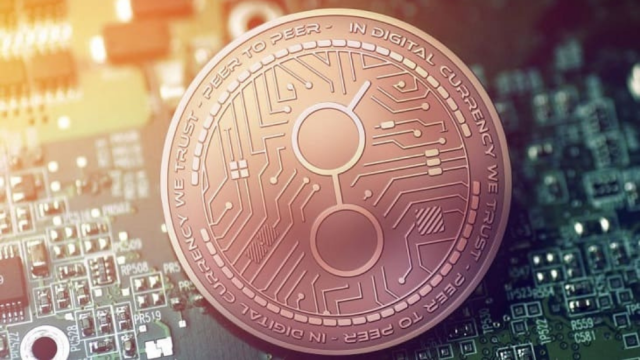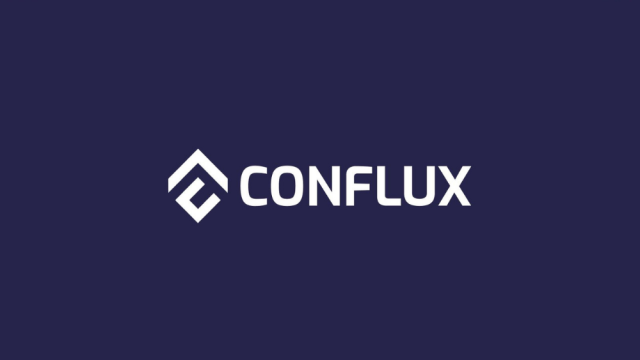What Is Golem (Glm)?
- Posted on December 12, 2023 11:55 AM
- Crypto Discover
- 299 Views
The cryptocurrency Golem (GLM), which is frequently mentioned in the world of cryptocurrencies, stands out as a decentralized computing network. In this article, we will explore the key features, advantages, and operation of Golem.

- What is Golem (GLM) Coin?
Golem (GLM) is a cryptocurrency based on Ethereum used for transactions and sharing computational resources on the Golem Network. GLM serves as a tool that allows users to provide, utilize, and receive payment for computational power on the network. This token constitutes one of the cornerstones of the decentralized structure of the Golem ecosystem.
Golem (GLM) Coin is an ERC-20 token based on the Ethereum blockchain. Users can transact and share computational resources on the Golem Network using the GLM token.
- Advantages and Disadvantages of Golem (GLM) Coin:
Golem Network's advantages and disadvantages are critical factors that users should consider when evaluating the project.
Advantages:
- Users can utilize idle computational power and earn GLM tokens.
- The network provides developers with an unlimited and uncensored platform.
- GLM reward programs incentivize users.
Disadvantages:
- Sensitivity to market risk factors.
- Some risks associated with transitioning from GNT to GLM.
- Noticeable price fluctuations.
- Unique Features of Golem (GLM) Project:
The Golem (GLM) project possesses a set of features that make it unique in the crypto space, distinguishing it from other projects and offering various advantages to users:
Decentralized and Open-Source Structure:
- Golem is a decentralized computing network, allowing users to provide, share, and utilize computational power on the Golem Network. The project's code base is open-source, enabling developers to contribute to the platform's operation and customization.
Flexible and Lightweight Architecture:
- Golem has a flexible and lightweight structure, offering a broad spectrum to developers looking to create powerful applications. It allows users to flexibly use computational resources according to their needs.
Censorship-Resistant and Anonymous:
- Golem Network aims to provide censorship resistance and anonymity, allowing users to freely interact and share computational power without restrictions. Users can maintain privacy during transactions.
Fast and Inexpensive Micro Payments:
- Golem supports fast and low-cost micro payments with GLM tokens on Ethereum's second layer. This feature facilitates users in easily utilizing the platform for small transactions, ensuring quick transaction processing.
Support for Various Computation Types:
- Golem supports different computation types such as CGI rendering, artificial intelligence, and cryptocurrency mining. This capability allows users to effectively use the platform across various domains. The project is designed as a kind of supercomputer, capable of hosting various applications.
Peer-to-Peer Protocol:
- Golem employs a peer-to-peer protocol, allowing users to exchange GLM tokens to rent digital resources without limitations. The Golem network facilitates transactions between suppliers and users of resources.
Payment with GLM Token:
- Transactions on Golem Network are conducted with GLM tokens. GLM is used to access the network and provide computational power to other users. Users perform transactions and receive payments through GLM tokens.
These features collectively make Golem unique, providing users with a flexible, anonymous, fast, and diverse computation-supporting platform.
- Use Cases of Golem (GLM) Coin:
Golem (GLM) Coin has various use cases within the Golem Network:
Renting Computational Power:
- GLM Coin is used to rent computational power on the Golem Network. Users can share excess computing power from their computers on the platform and earn GLM Coins in return, allowing them to efficiently utilize computational resources.
Solution for Computational Needs:
- GLM enables users to rent computational power from the Golem Network to perform complex and resource-intensive tasks. Users in fields such as CGI rendering, artificial intelligence projects, or cryptocurrency mining can use this service to accelerate their operations and reduce costs.
Access to Golem Network:
- GLM Coin is necessary for users to access services on the Golem Network. Users can benefit from the advantages offered by the platform by using GLM tokens.
Rewards and Incentivization:
- Golem Network provides rewards and incentives to users. Users can earn GLM Coins by providing computational power and contributing to the network. These rewards are designed to enhance network reliability and encourage participation.
Open Source Development and Contribution:
- GLM Coin can be used by users interested in contributing to the development and improvement of the Golem Network, as the project is open source. Users can support the community by contributing to project development using GLM.
Micro Payments:
- Transactions on the Golem Network are conducted through GLM tokens, enabling fast and low-cost micro payments. This feature simplifies the execution of even small-scale transactions.
Project and Developer Incentives:
- GLM is used to incentivize developers contributing to the project. Golem Network offers incentives to developers for creating open-source projects and contributing to the development of the network.
These diverse use cases of Golem (GLM) Coin allow the platform to cater to a wide user base and provide solutions for various needs across different industries.
- History and Founders of the Golem (GLM) Project:
The Golem (GLM) project holds a significant position in the world of cryptocurrency as a decentralized computational network. Understanding its history and founders is crucial to comprehending the project.
History of the Golem (GLM) Project: The Golem project was announced as the Golem Project under the leadership of Golem Factory on April 28, 2016. Initially, Golem emerged with a vision to create an Ethereum-based computational network. The project aimed to build a distributed supercomputer worldwide by sharing computational power. Golem aspired to accelerate transactions and make them more accessible by sharing computational power.
Since the first presentation at DEVCON0 in 2014, the Golem project has continually evolved and developed. In 2015, the project's CEO introduced nano payments on Ethereum at DEVCON1. In 2016, the project's initial funding was conducted by DAOist, making Golem Network one of the first projects built through crowdfunding.
In 2018, Golem transitioned to its mainnet, allowing users to test the platform in real-world usage scenarios. With ongoing technical updates and the growth of the project, the Golem network became significant among those who wanted to share and utilize computational resources.
Founders of the Golem (GLM) Project: Prominent figures among the founders of the Golem (GLM) project include:
-
Piotr Janiuk (CEO): Co-founder and CEO of Golem Network, Piotr Janiuk is a prominent figure who has played a leading role in the project.
-
Przemyslaw Rekucki (CTO): Serving as the Chief Technology Officer (CTO) of the Golem project, Przemyslaw Rekucki leads the technical aspects of the project's development.
It is essential to note that the Golem project receives support from a broad team and community. The achievements of the project are a result of the leadership skills of the founders and collaborative efforts of the team. Golem holds a significant position with its vision to provide a unique solution in the decentralized computational domain.
Risks and Security: Investing in Golem (GLM) involves considering certain risks. The price can be highly volatile and sensitive to market fluctuations. Additionally, caution should be exercised regarding the security of online wallets. Implementing robust security measures is essential.
Stay updated on developments in the cryptocurrency markets and the latest news with Kriptospot.com.

